Unpacking the Origins: How Fruit Symbols Became the Face of Slot Machines
When Bill Elfritz, a young engineer from Phoenix, wagered his final $20 on a Megabucks slot at Las Vegas’ Excalibur Casino, he likely had no idea that the familiar cherry and fruit icons spinning before him had a vibrant legacy stretching back more than a century. While Elfritz’s focus was on the life-changing jackpot he won-nearly $40 million-these classic symbols have played a critical role in the evolution of slot machines and their enduring popularity.
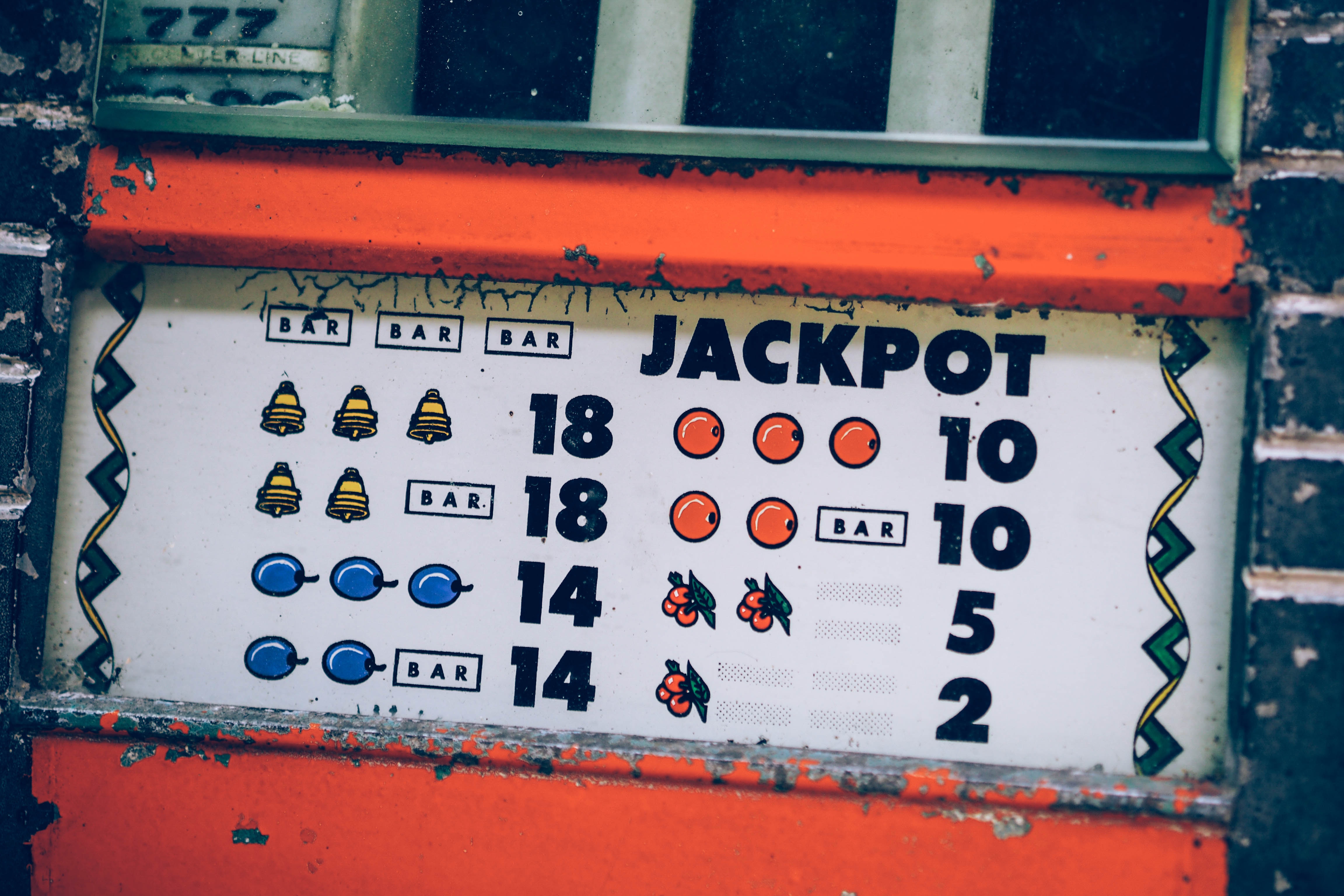
The Early Days: Chewing Gum and Fruit Icons
If Elfritz had stepped up to a slot machine in early 20th-century America, his winnings would have been gum, not cash. At the time, anti-gambling laws prompted inventors to sidestep monetary prizes. Instead, slot machines-then referred to as “Trade Stimulators”-dished out chewing gum in a variety of fruit flavors. The fruit symbols seen on the reels, such as cherries and melons, directly represented the gum flavors players could win. Three cherries meant cherry-flavored gum, while three melons resulted in a melon gum payout.
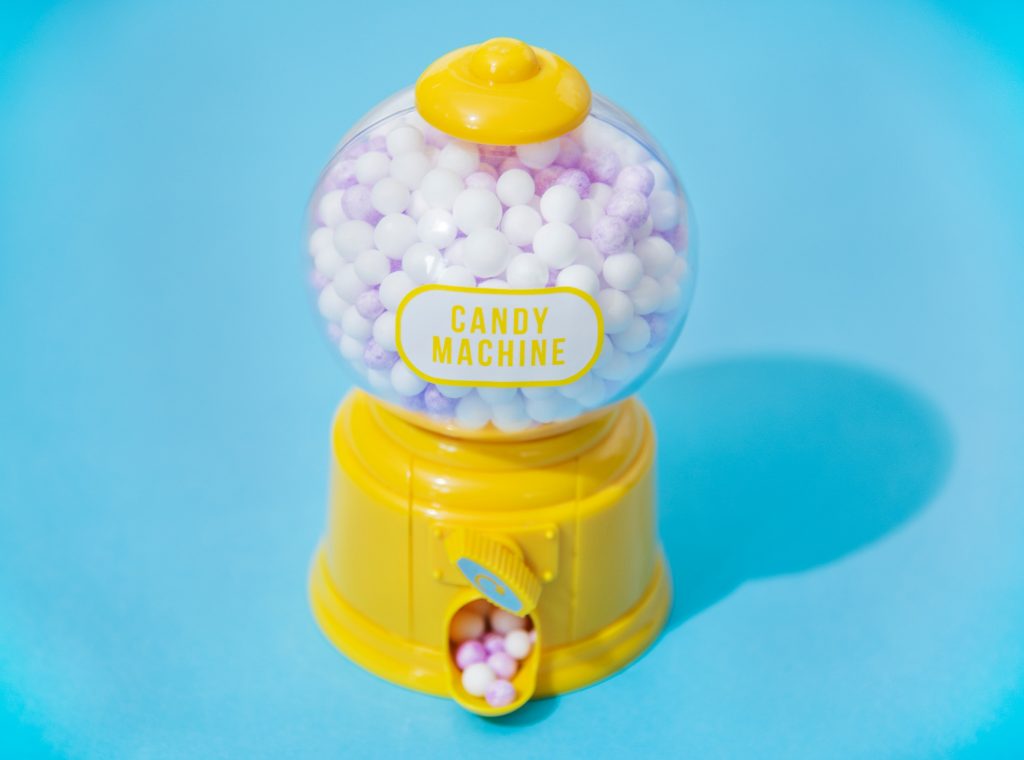
Manufacturers creatively marketed these machines as “chewing gum dispensers.” O.D. Jennings, a key innovator working for Industry Novelty Company, played a pivotal role in introducing fruit symbols to stay within the law. Machines were bright, friendly, and often placed in general stores, blending the lines between gambling devices and simple vending machines.
From Liberty Bell to Operator Bell: Shaping the Slot Machine Iconography
The template for these devices came from Charles Fey, the San Francisco mechanic who invented the legendary Liberty Bell in the late 19th century. Fey’s breakthrough machine featured three spinning reels and iconic symbols-playing cards and the Liberty Bell itself. While the golden bell is still spotted on some reels today, it was Fey’s subsequent “Operator Bell” model that introduced fruit imagery to the gaming landscape, paving the way for generations of “fruit machines.”
The Expansion of Fruit Machines Across America
Bright visuals, cartoonish fruits, and the enticement of non-cash prizes helped fruit machines multiply in shops and arcades across the USA. As more developers entered the scene, designs evolved and payouts increased-especially as machines got larger and more complex. This blending of fun, color, and pseudo-gambling entertainment entrenched fruit icons firmly into American popular culture.
Technological Advancements: Bally, Williams, and the Electromechanical Revolution
By the 20th century’s middle decades, two industry powerhouses, Bally and Williams (WMS), further advanced the genre. Bally’s 1963 “Money Honey” became the first electromechanical fruit machine, introducing electric coin hoppers adapted from banks. The innovation enabled machines to hold-and pay out-hundreds of coins at once. This leap supported much larger jackpots and cemented Money Honey and its citrus symbols, like oranges and lemons, as player favorites.
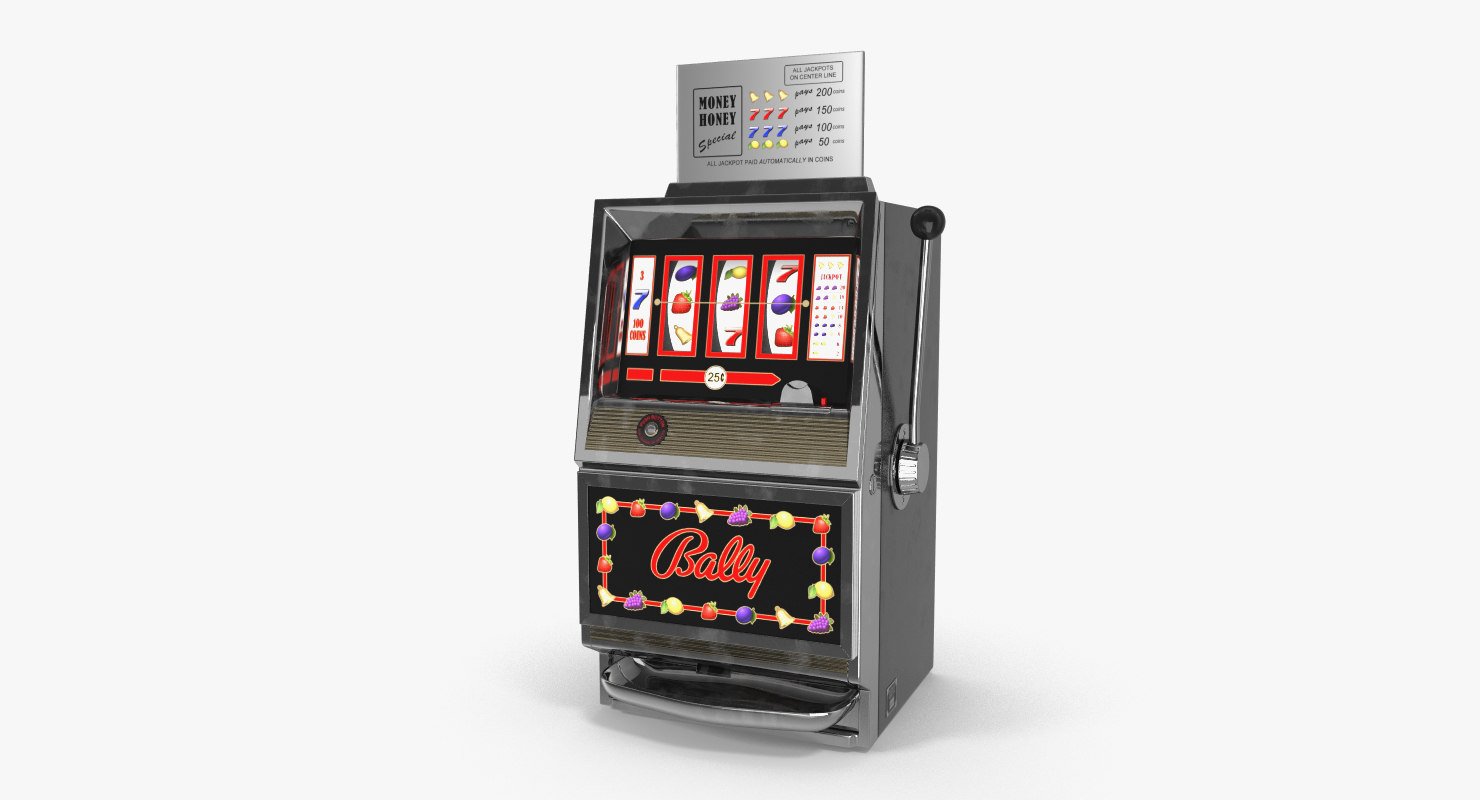
The Electronic Era: Big Bertha and New Innovations
The technological wave continued into the 1960s as machines such as “Big Bertha” emerged. Requiring an enormous motor to power its eight reels and an array of 160 symbols, Big Bertha offered unprecedented randomness and larger potential jackpots. Advances in electronics brought microprocessors, better security, and player-friendly tweaks, like comfortable chairs and more compact designs. As casinos realized they could comfortably fit many more machines into their floorspace, earnings skyrocketed-even as classic fruit motifs persisted.
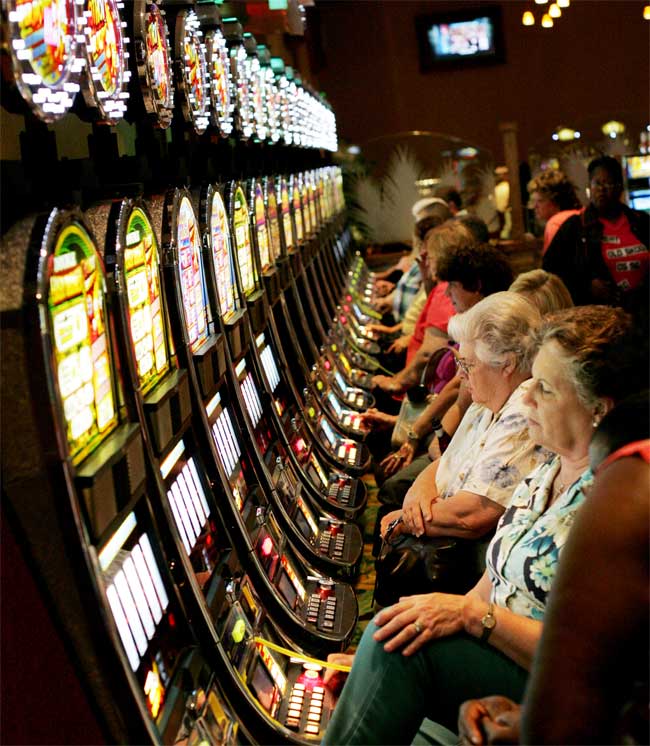
The Rise of “Fruit Machines” in the UK
While American innovation dominated early on, the popularity of fruit-themed slots soared in Britain during the 1950s and 1960s. These classic machines, often nestled into pubs, seaside arcades, and cafés, became known as “Fruit Machines.” British models typically contained three reels and up to five paylines, with gameplay enhanced by unique features like the “Nudge” and “Hold” options. Lemons, strawberries, plums, and cherries became mainstays on these reels, a visual cue for generations of recreational gamblers.
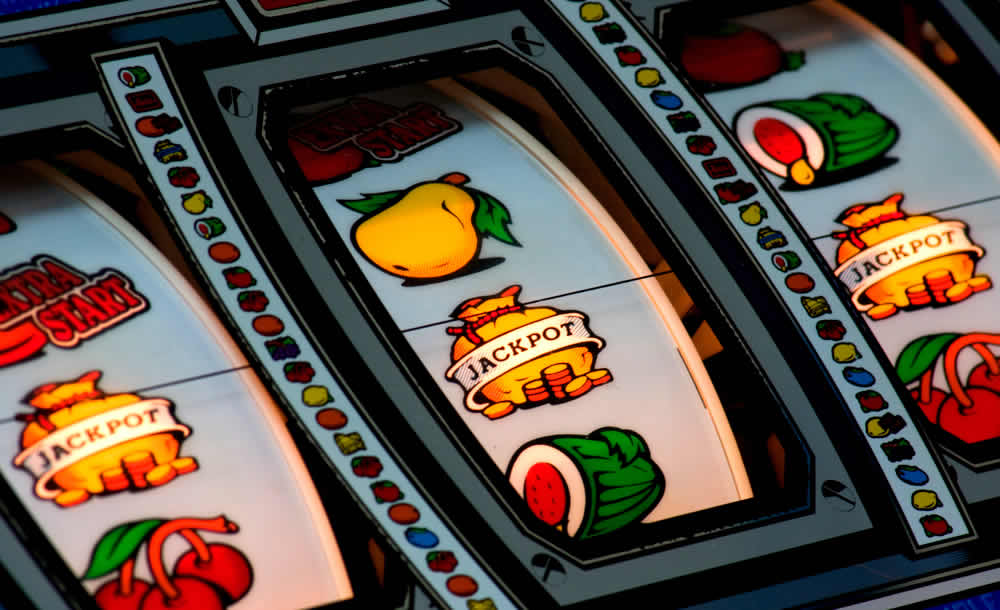
The Advent of Video Slots and Digital Transformation
The late 1970s marked a monumental leap with the Fortune Coin Company’s development of the very first video slot. Launched in 1975, this innovation introduced a 4-reel, 3-payline format displayed on a video screen. Despite early skepticism about video integrity, the convenience and amusement offered by the digital reels won players over. Fortune Coin was soon acquired by IGT, which released “Megabucks”-the original progressive video slot. Notably, classic fruit icons endured alongside new symbols and elaborate themes.
Online and Mobile Slots: The Fruit Legacy Endures
As gaming shifted online in the early 2000s, developers initially recreated traditional fruit machine experiences in digital formats. Online games such as Fruit Club and Ballytech’s Quick Hit Platinum maintained the familiar cherries, melons, and lemons in a modern, five-reel setting. The deep sense of nostalgia these icons evoke ensured their continued presence even as more sophisticated graphics, animated features, and expanding bonus rounds emerged online.
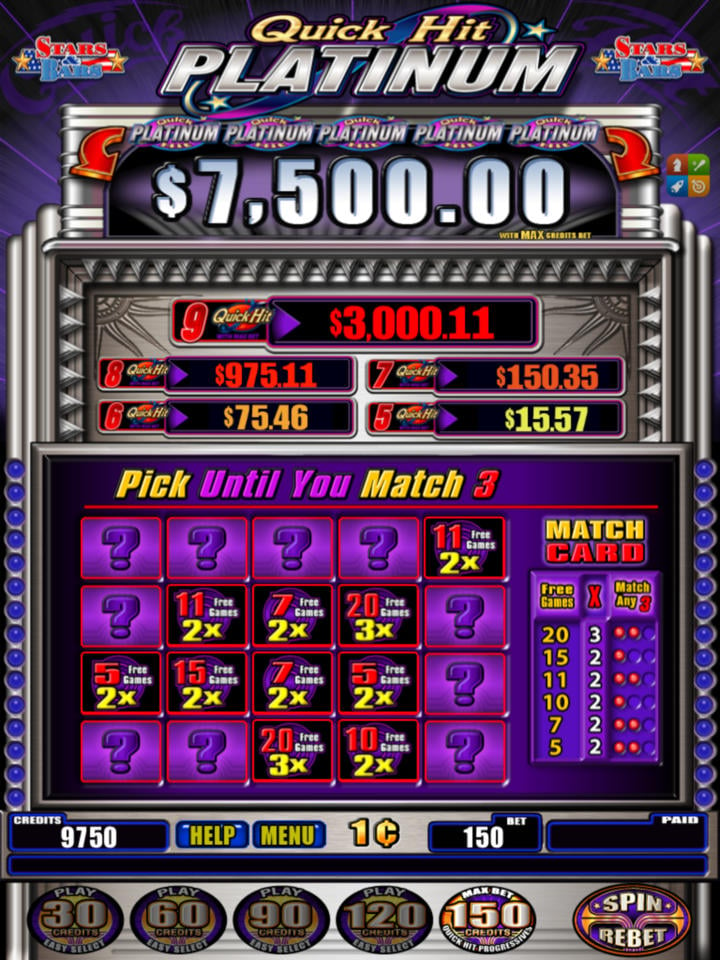
Are Traditional Fruit Machines Fading?
Despite a surge in complex slot features like cinematic cutscenes, themed bonuses, and multi-dimensional graphics, fruit-themed machines persist-albeit with less dominance in some markets. Major progressive jackpots often still use classic fruit symbols, blending retro charm with modern technology. However, outside of British pubs and arcades, newer slot concepts are increasingly supplanting the humble fruit machine in both land-based and digital casinos.
The Psychological Pull of Fruit Symbols
Why do fruit machines still resonate? The sight of three matching melons or cherries instantly taps into nostalgia, childhood memories, and a sense of approachable fun. Visual simplicity and bright colors help lure players in, reinforcing the connection between entertainment and reward. While the industry continues to innovate, the link between fruit imagery and the fundamental thrill of slots remains strong.
Some software providers, recognizing this emotional draw, keep releasing new fruity titles to satisfy fans’ yearning for the classics-even if these games rarely break new ground. It’s a nod to the enduring joy that fruit machines provide, even as gaming continues to evolve in theme and technology.
Conclusion: An Iconic Symbol with Lasting Appeal
From their beginnings as sneaky chewing gum dispensers to their reigning position in both Vegas and online casinos, fruit symbols have become the universal language of slot machines. Whether as a playful callback to simpler times or as trusted icons of luck and excitement, cherries, lemons, and melons maintain a cherished place on the reels. In a rapidly changing gaming world, the familiar fruit machine endures as a symbol of fun, nostalgia, and enduring popularity.













